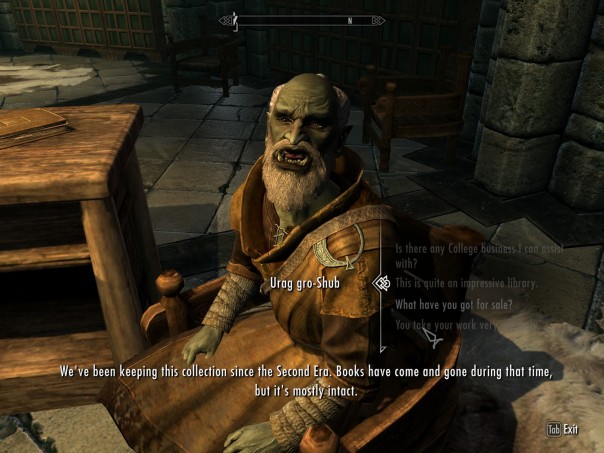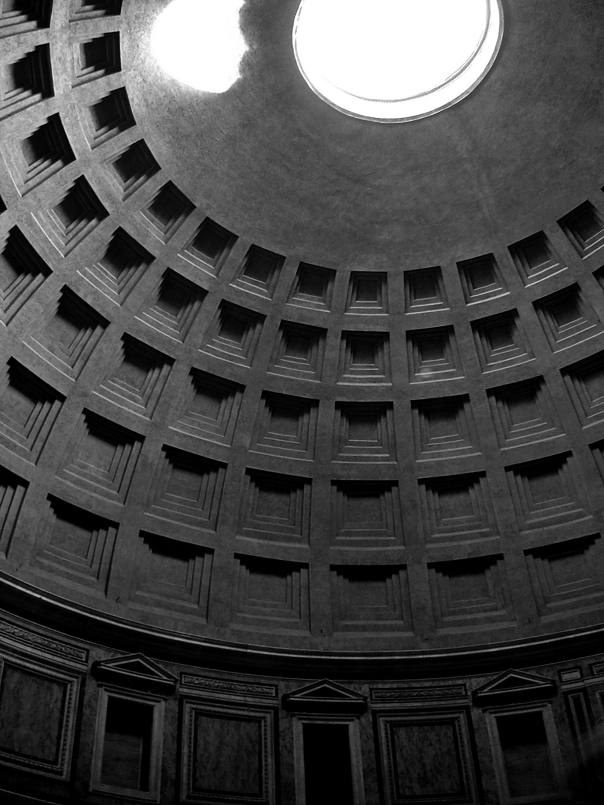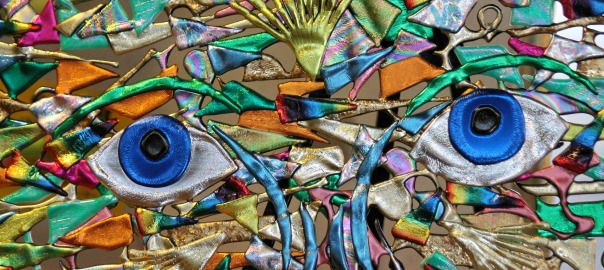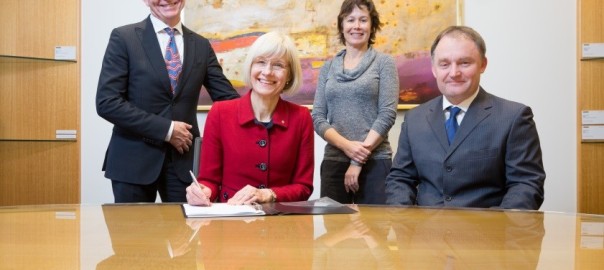Our session of presentations, projects, play-testing, game pitches for CAA2017:
March 14-16, 2017: ATLANTA
“I Don’t Want to Set the World on Fire”: Ruin Interactions and Attitudes in Fallout-Emily Jean Booker
Video games are a popular form of media, with over 155 million gamers in America today, and they thus serve as a unique way to analyze how pop-culture can influence public perceptions of the past. The player’s ability to move through, interact with, and have an effect on virtual environments creates intimate, complicated relationships with virtual materials, including artifacts and ruins, that can have real-world effects. Although aspects of archaeology are often included in video games, the discipline is not always portrayed as scholars would like. However, as problematic as games like Tomb Raider or Uncharted might be, they are quickly becoming a key way in which the public learns about and interacts with archaeology.
This paper will explore the ways the popular 2015 game Fallout 4 shapes ruined landscapes (‘ruinscapes’) for specific thematic purposes that ultimately influence player interactions with ruins in both the virtual and real worlds. To do this, I will create a walkthrough exploring the ruinscapes of Fallout 4 and consider how the game’s strong themes of anti-capitalism and relative morality can create biases and preconceptions of Mid-Century Modern ruins.
Games like Fallout 4 are extremely popular and consumed by millions of gamers worldwide. Video game analysis is an essential element to understanding current public perceptions of ruins and, more generally, archaeology. By considering the representation of virtual ruinscapes and how their thematic underpinnings can affect popular attitudes towards ruins, archaeologists can become better equipped to engage with public audiences.
Sailing with the Gods: Argonauts and Samothracians in an Ancient Sea-Robert C Bryant, Sandra Blakely, Joanna Mundy, Cole Furrh
The goal of the Samothracian sailing simulation is to recreate the ancient social networks of Greece through the lens of the maritime infrastructure as a video game. How did maritime trade affect the societies of the Mediterranean and their interaction? By reconstructing the physical landscape of the ancient Mediterranean in the Unity3D game engine, we can study the behavioral patterns and decision making of contemporary human beings as players when placed under the same stressors and variables as their ancient Greek mariner counterparts. With this data we hope to bolster the existing social network analysis of the area with quantitative human behavior. This data is gleaned by tracking all player interactions of sailing and trading through the simulated environment to search for patterns that help explain ancient analogs. The game also serves as a ludic and pedagogical experience for the players through attached myth and literature that act as the narrative for the world. Currently, we have a working and very functional prototype already tested in a classroom of 60+ students. By the time of this conference, the prototype will be finished with plans for expansion.
Reference:
https://scholarblogs.emory.edu/samothraciannetworks/the-game/play-the-game/
How Waterloo was Won-Stuart Eve
The Battle of Waterloo (1815) as well as being the turning point in a huge European struggle has been the subject of a number of computer games. These range from the innovative turn-based mechanics of Mirrorsoft’s Amiga game – Waterloo (1989) to the sophisticated and highly graphically appealing Napoleon: Total War with a vast number in between. However, none of these games allow for a detailed examination of the individual parts of the highly complex battle, mostly focusing on the wider strategy of the day.
The charity Waterloo Uncovered is currently excavating at the battlefield in Belgium and uncovering new information every year about the minute details of the day of the battle. Our current focus is the struggle for Hougoumont Farm and we are discovering how the micro-topography, architectural structures and even the types of plants in the gardens would have affected the soldiers and how they moved and fought on the day. We would like to see how a gaming engine and game mechanics could be used to investigate this – charting the fall of musketballs (and comparing them with the recovered remains), simulating the visual and physical impact of hedges and ditches, and even modelling the build-up of dead bodies on the field and how they would have affected movement, morale and the will to continue the fight.
Blur the lines – Games as tools for archaeological research-Lennart Linde
In the past decade, Agent Based Models (ABM’s) have become a functional part of the archaeologist’s toolbox. Many ABM’s include elements of game theory in their ruleset, which is the foundation of a working model. The line between a purely scientific ABM and a video game from the simulation genre is already thin, but why not blur the line further and blend an ABM into a full-blown game experience?
The use of games as tools of research is the next logical step. Instead of formalizing our theories in a ruleset for an ABM, we could design a game based on them. Where the player makes choices through gameplay and be monitored exploring various strategies!
This talk will investigate the potential of the given approach, based on a fictive open-world game, set in the European Bronze Age. The players will have to manage resources and tackle the spatial organization of a village. They are also bound to make decisions on the social organization of their village. There is no direct interaction with the inhabitants of the game world as they act as agents. The collected datasets will be analyzed with emphasis on the correlation between certain forms of social organization and the rise of warfare, as well as on connections between wealth distribution and tensions within the tribe.
Archaeogaming does not need to be limited to the research of games anymore; we can try to take a step forward and do research through games.
Arpilleras and Ayni: Roleplaying Reciprocity-Natalie Underberg-Goode and Peter Smith
The project is based on the work of Peruvian arpillera (appliqué) artist Flora Zárate, whose three dimensional “story cloths” narrate cultural stories both of people from her native Peru and of immigrants in the United States. Although not created in the ancient past, these works illustrate very old and persistent themes found in Quechua-language (the language of the Incas) mythology and folktales such as the concept of ayni, or reciprocity, expressed in such activities as cooperative labor. In addition to identifying key themes in Andean mythology, we consider how elements of mythic thinking and Andean worldview that figure in Quechua folktales—such as the presence of religious syncretism, the relation between time and space in Andean thought, and the conception of gender complementarity and dependence—could be integrated into the design of the interactive experience based on exploration of an arpillera reimagined as board game prototype. Throughout the game, the main character will have to make choices that relate to Andean culture, including understanding and demonstrating the importance of reciprocity or, “today for me, tomorrow for you.” We will present a paper prototype using materials including paper, blocks, dice, and index cards, identifying the presence of these recurring Andean cultural themes in the arpilleras, addressing how the design is intended to present characters whose roles relate to corresponding knowledge and tasks, and how objects are linked to culturally-relevant potential uses. Participants will be invited to play through the prototype, giving feedback and making design suggestions.
Designing and Using Game Environments as Historical Learning Contexts-Juan Francisco Hiriart
The virtual presentation of landscapes in games, thanks to the exponential increase of representational power of digital technologies, has been progressively challenging the capacity of gaming audiences to distinguish virtual environments from real-world referents. This spectacular growth, however, has not been mirrored by a comparable progress in the simulation of the natural and social processes from real environments. Although highly realistic, game landscapes in most commercial titles still remain as inert theatrical scenery, devoid of any capacity to reflect the effects of human life agency and the inextricable nature of social and natural processes.
In this presentation, I would like to demonstrate a historical game prototype that I have been developing as part of a PhD research, with the purpose of investigating possible design solutions to the problem of creating game environments capable of transmitting the inherent complexity of historical landscapes. The game reconstructs Early Medieval Britain, focusing on the micro-histories of everyday life instead of more stereotypical forms of gameplay centred on the simulation of violent conflicts. Currently in its final version, the game has been iteratively produced in cycles of development and play-testing sessions with the participation of archaeologists, historians, and educators who have given valuable feedback about its design, direction, and potential use.

























